The ultimate guide to Segovia
Welcome to Segovia, a place that will steal your heart from the moment you arrive. With this travel guide to Segovia, we explore the city to help you experience everything that has to offer.
Welcome to Segovia, a place that will steal your heart from the moment you arrive. With this travel guide to Segovia, we explore the city to help you experience everything that has to offer.
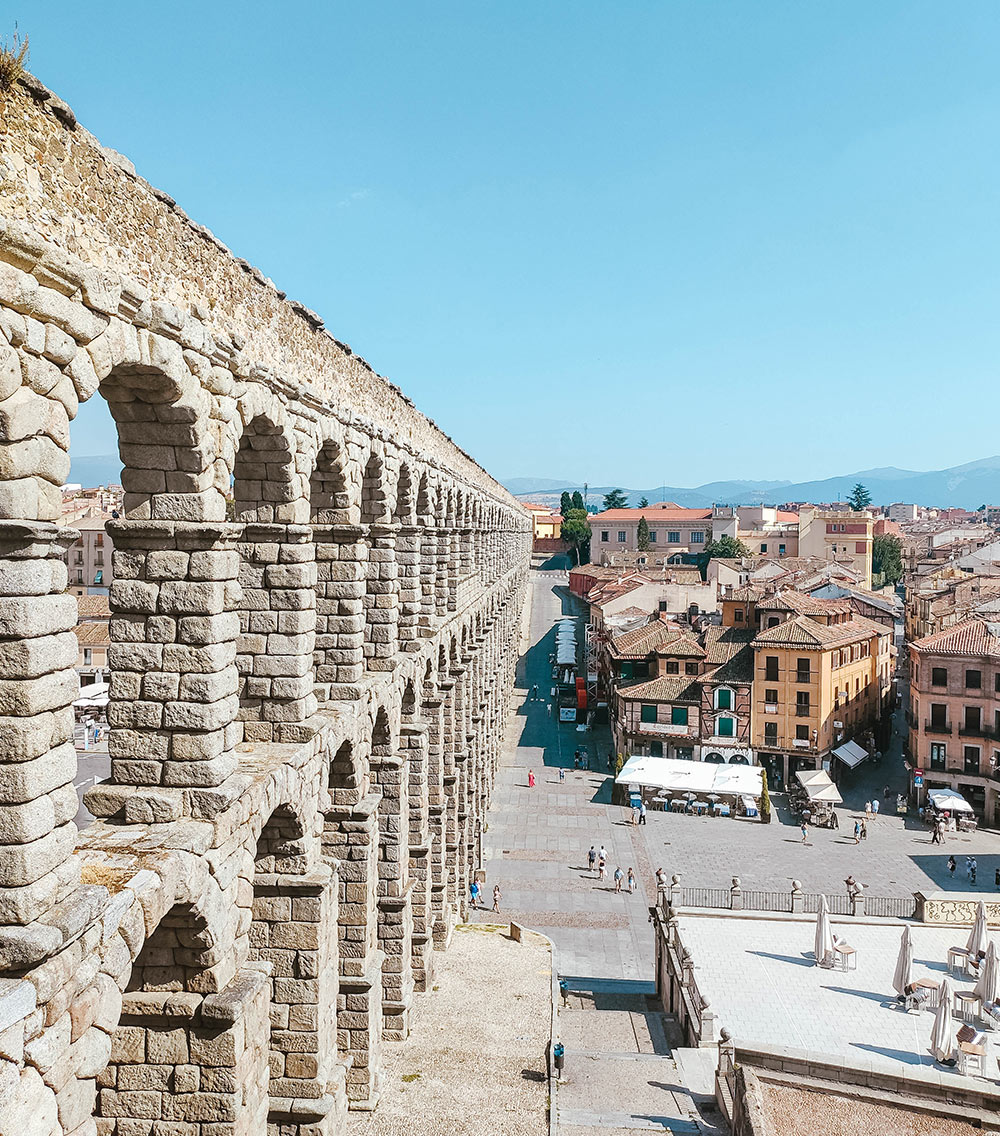
Segovia is a city with a story to tell. From the Romans to the Moors to the Castilian kings, it has been shaped by the hands of many different cultures throughout its 2,000-year history. And yet, despite its age, it still feels vibrant and alive, with a modern energy that blends perfectly with its ancient roots.
The aqueduct, with its towering arches and intricate stonework, and the winding streets of the historic center are lined with stunning buildings and quaint shops, each with its own unique story to tell. The city is home to museums, galleries, and restaurants that showcase the best of Spanish culture and cuisine. And then there are the people. The locals in Segovia are warm and welcoming, happy to share their city with visitors from all over the world.
Because it’s a place that will enchant you, a city that will transport you back in time while still making you feel firmly rooted in the present. Whether you’re a history buff, a foodie, or just someone who loves to explore new places, Segovia is a destination that should be on your must-visit list.
Segovia is a popular day trip destination from Madrid, but it’s also a great place to stay for a few days to explore its many attractions. There are several ways to get to Segovia from Madrid.
Segovia is located about 90 kilometers (56 miles) northwest of Madrid, and the most direct way to get there is by car. The journey takes about 1 hour and 15 minutes. The most common route is to take the A-6 motorway towards A Coruña and exit at Segovia.
The train is a convenient and comfortable way to get to Segovia from Madrid. The high-speed train (AVE) takes about 30 minutes from Madrid’s Chamartín station to Segovia’s Guiomar station. From there, it’s a short taxi or bus ride into the city center.
There are several bus companies that operate between Madrid and Segovia, including Avanza and La Sepulvedana. Buses depart from Madrid’s Moncloa bus station and take about 1 hour and 15 minutes to reach Segovia.
Although there is no airport in Segovia, the closest airport is Madrid-Barajas Adolfo Suárez Airport, which is located about 90 kilometers (56 miles) southeast of Segovia. From the airport, you can take a train, bus or rent a car to reach Segovia.
Overall, getting to Segovia is easy and convenient, whether you choose to drive, take the train, or ride the bus.
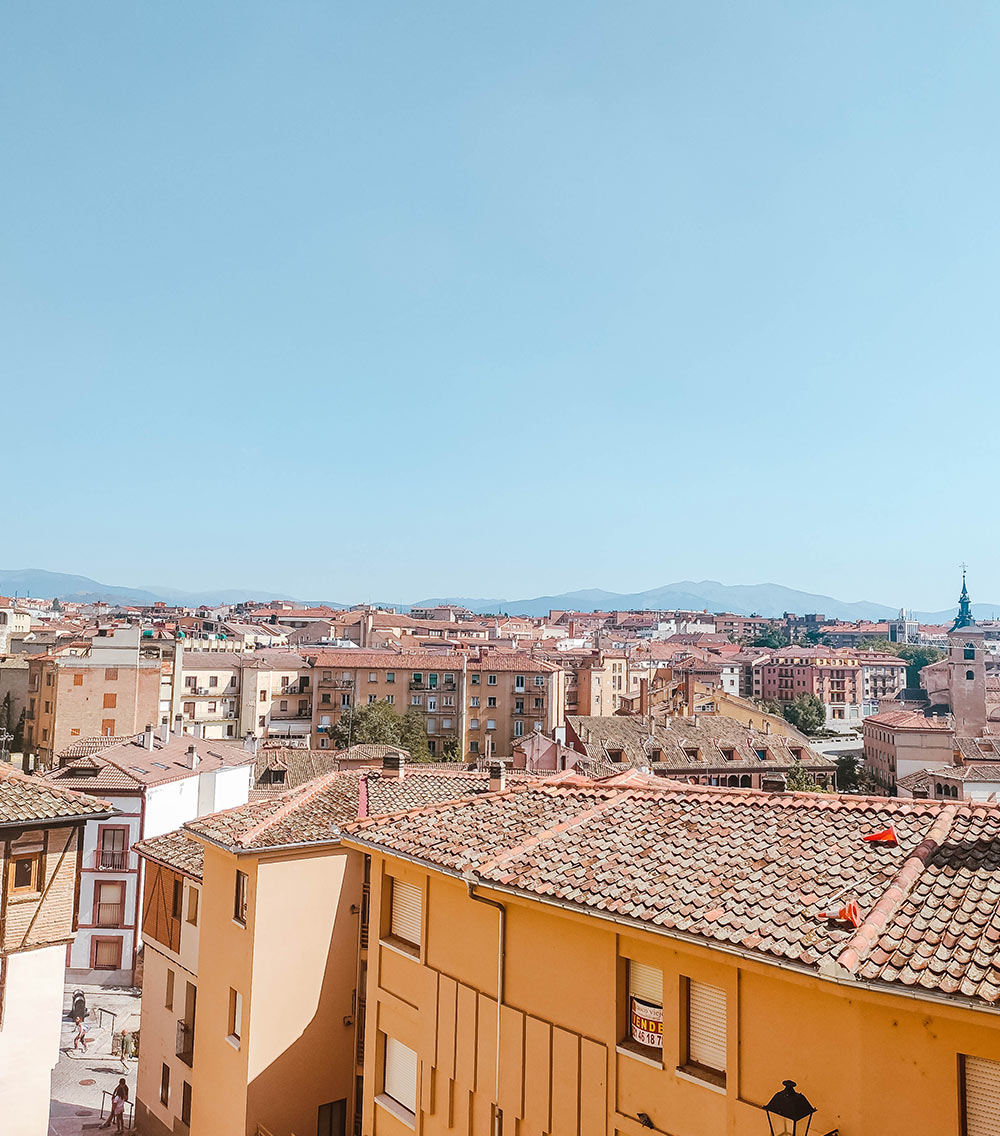
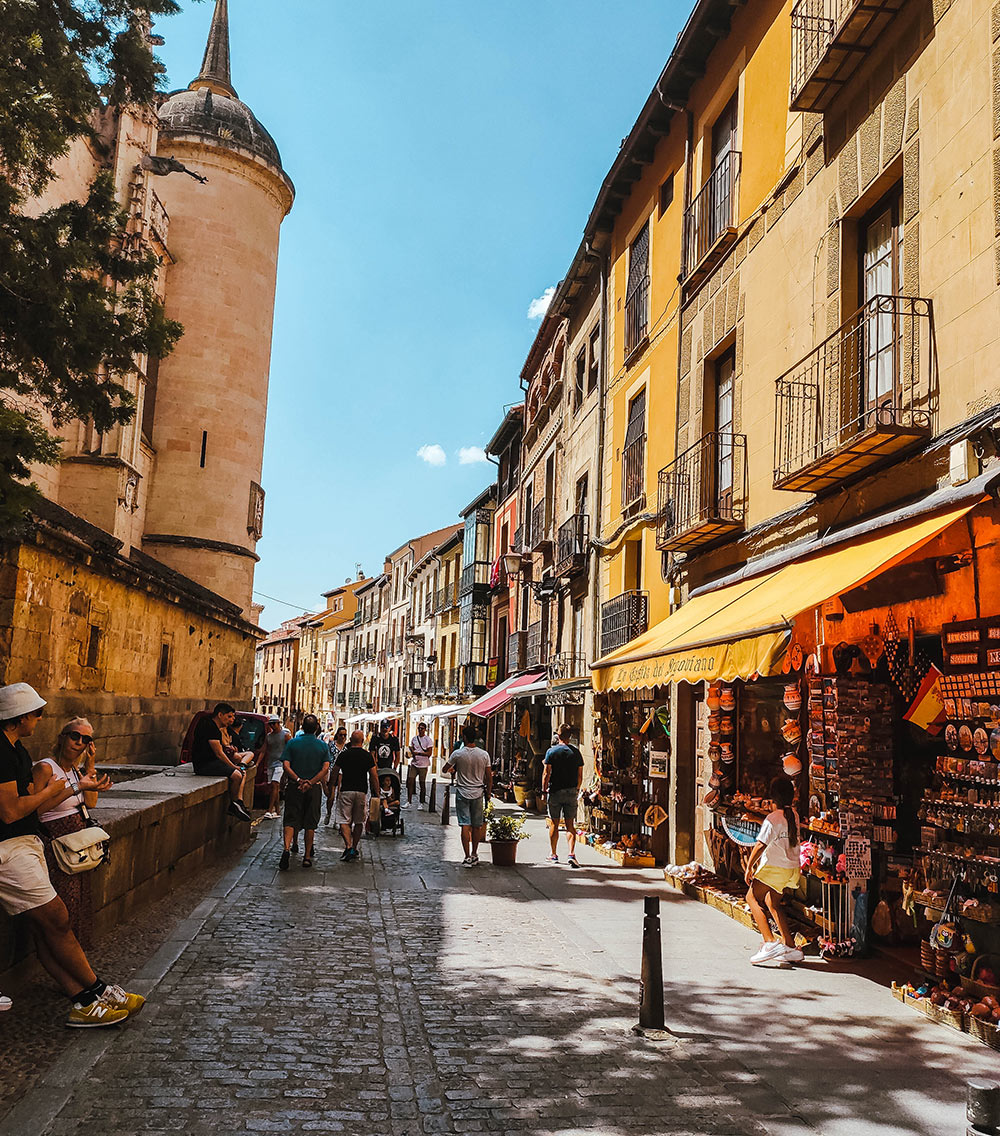

One of the most iconic landmarks in Segovia is the impressive Aqueduct of Segovia. Built by the Romans in the 1st century AD, it stands tall and proud, spanning over 800 meters in length. The Aqueduct is a testament to Roman engineering and remains one of the most well-preserved examples of Roman architecture in the world.
The best time to visit the Aqueduct of Segovia is during the early morning or late afternoon when the light is ideal for photography. Visitors can take a leisurely stroll along the base of the Aqueduct and admire its sheer size and beauty. Alternatively, there are several viewpoints around the city that provide stunning views of the Aqueduct, such as the Mirador de la Pradera de San Marcos and the Plaza del Azoguejo. No tickets are required to view it from the outside.
Fun Facts

The Alcázar of Segovia is a fortress and castle atop a rocky hill, dominating the skyline of the city of Segovia. It is considered to be one of the most iconic landmarks in Spain, and its unique design features a distinctive pointed tower and is said to have inspired the design of the famous Disney castle. While you are there you can explore the castle’s interior, which includes a museum with exhibits showcasing the history of the castle and the city.
The best time to visit the Alcázar is during the off-peak season, from September to June, as the castle can get crowded during the summer months. To avoid crowds, it’s best to visit the castle early in the morning or later in the afternoon. Additionally, be aware that the castle’s steep staircases may not be suitable for those with mobility issues.
The admission fee to the Alcázar of Segovia varies depending on whether you want to access the castle’s interior or just admire it from the outside. The cost of an adult ticket to enter the castle is €5, while a ticket for just the exterior is €2.50. Discounts are available for students, children, and seniors. For travelers who want a more in-depth experience, guided tours are available.
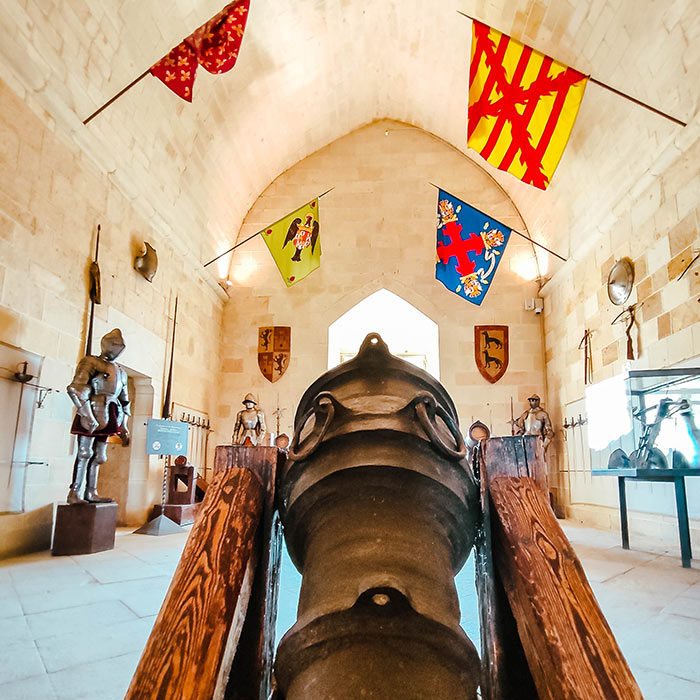
You can book a guided tour of the Alcázar of Segovia. There also organized day tours from Madrid.
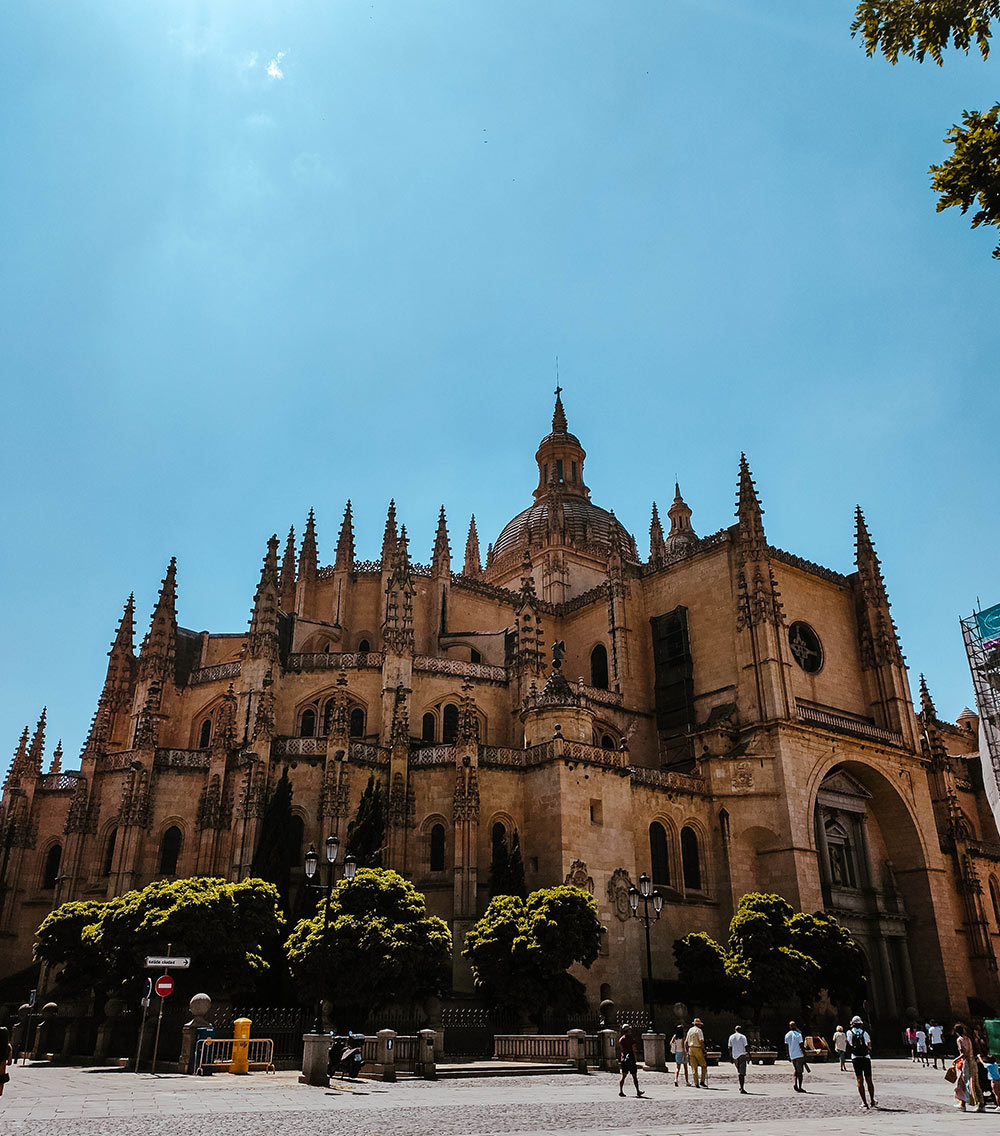
The Segovia Cathedral, also known as the Cathedral of Santa María de Segovia, is one of the most impressive examples of Gothic architecture in Spain. Its soaring spires and intricate details make it a must-visit attraction in Segovia.
Once inside the cathedral, you can explore the stunning interior and also climb to the top of the bell tower for a view of the city. If you choose to climb the bell tower be prepared to climb a lot of stairs.
The Segovia Cathedral is open year-round, but the best time to visit is during the spring and fall when the weather is mild and the crowds are smaller.
Tickets Admission to the museum is free for EU citizens and costs €1.50 for non-EU citizens. Audio guides are available for an additional fee.
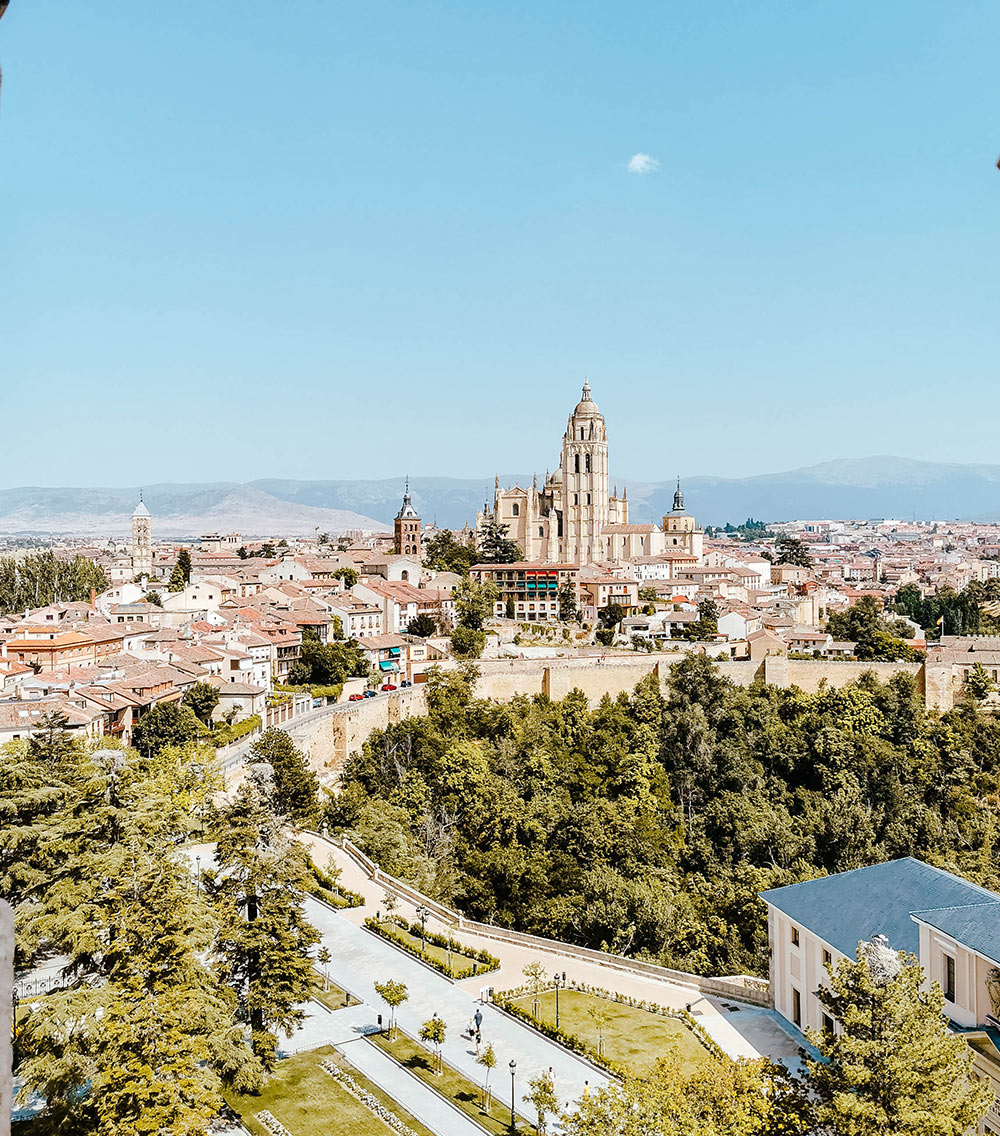
The Walls of Segovia and San Andrés City Gate are impressive examples of the city’s defensive system during the Middle Ages. The walls were built in the 11th century and have undergone several modifications over the centuries.
You can explore the Walls of Segovia and San Andrés City Gate on foot. There are several walking routes to choose from, including the “Ruta de las Murallas” or the “Wall Route.” This route will take you through the walls and you will be able to see the city from different angles. Another popular option is the “Ruta del Acueducto” or the “Aqueduct Route,” which also passes through the walls and offers views of the Aqueduct of Segovia.
It is also recommended to visit during the early morning or late afternoon when the light is more favorable for photography.
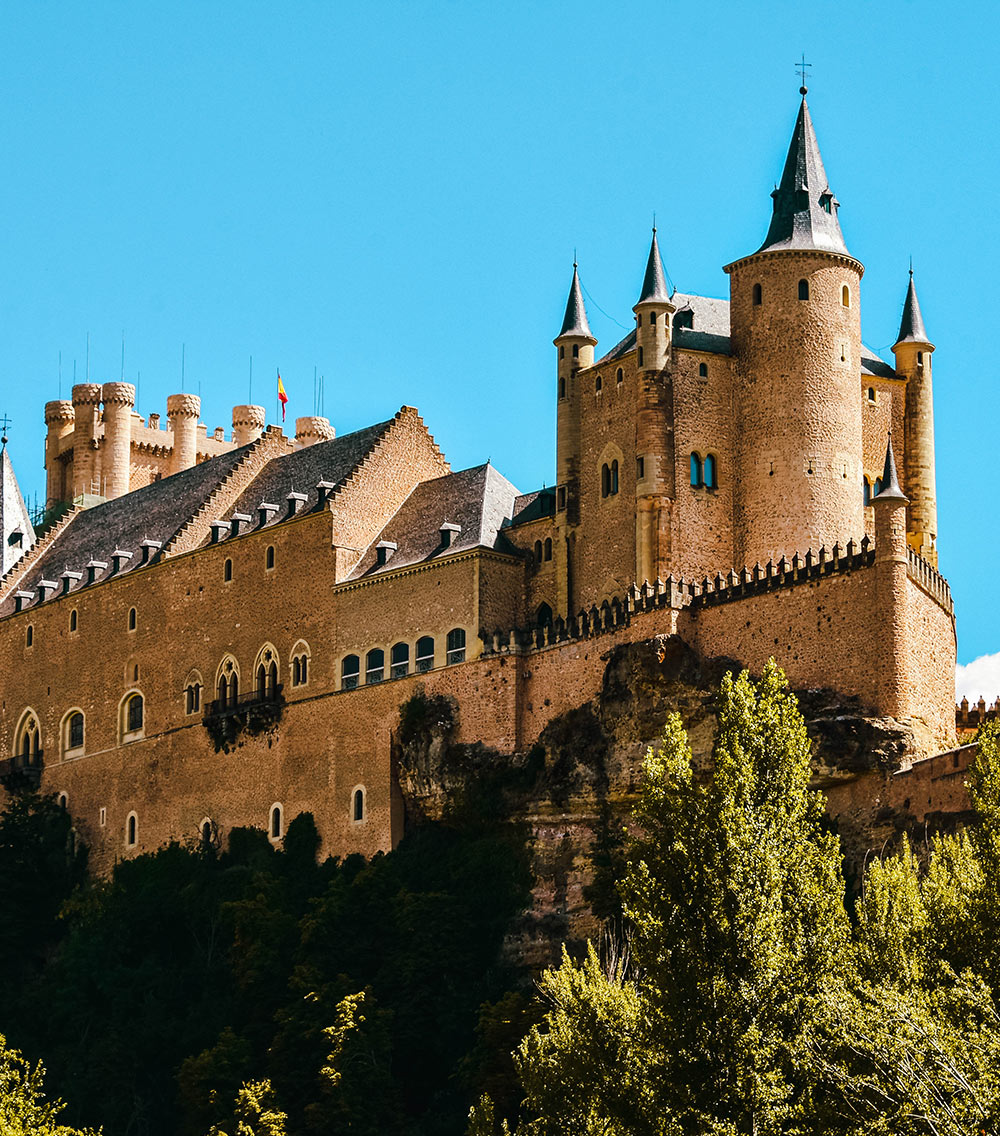
Mirador de la Pradera de San Marcos is a stunning viewpoint from where you will be able to see the city’s beautiful landscape. It is a popular spot among tourists and it is perfect for outdoor enthusiasts looking for a hiking adventure.
Mirador de la Pradera de San Marcos is the perfect place to enjoy a scenic hike and also an ideal location for nature lovers. The best time to visit the Mirador de la Pradera de San Marcos is during the spring and summer months when the weather is pleasant, and the surrounding countryside is in full bloom.
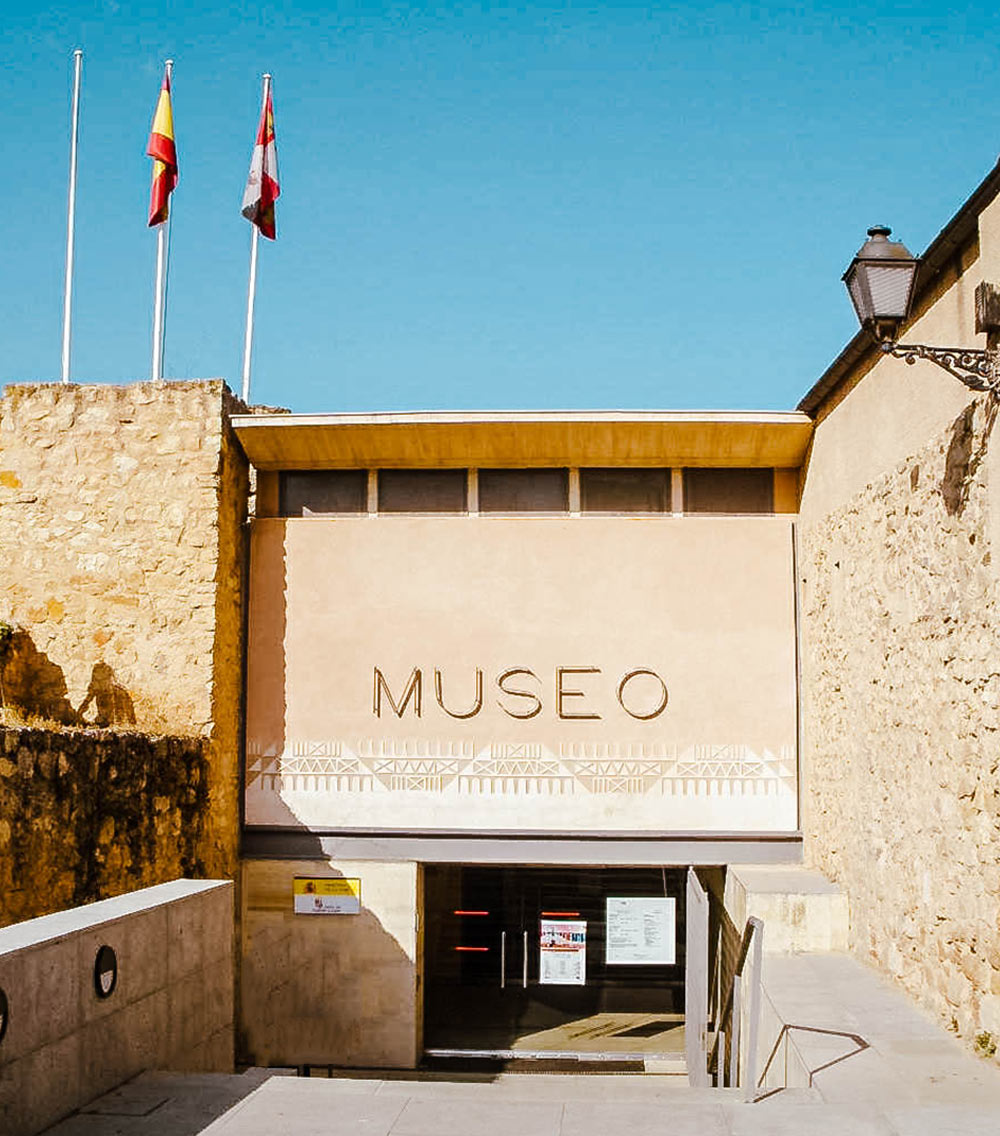
The Museo de Segovia is a must-see attraction for art and history enthusiasts. The museum is housed in the Casa del Sol, a beautiful 16th-century Renaissance palace that was once home to the Segovia City Council. The Museo de Segovia boasts a collection of over 20,000 pieces that document the rich history and culture of Segovia and its surrounding region.
The Museo de Segovia is open Tuesday through Sunday from 10 am to 2 pm and from 4 pm to 6 pm. The museum is closed on Mondays and on certain holidays, so it’s best to check the museum’s website before planning your visit.

The Casa de los Picos is a unique and stunning building covered in thousands of granite stones carved into a point, resembling the shape of diamonds or fish scales. The building is a popular attraction for visitors to Segovia, and its history and architecture make it a must-see destination.
The museum has several rooms with different themes, including traditional Segovian ceramics, archaeology, and the city’s history. Visitors can also admire the intricate details of the building’s façade from the outside. To fully appreciate the Casa de los Picos, it’s recommended to bring a camera and take plenty of photos.
The Casa de los Picos is open year-round and the building’s façade looks especially striking on sunny days when the granite stones reflect the light.
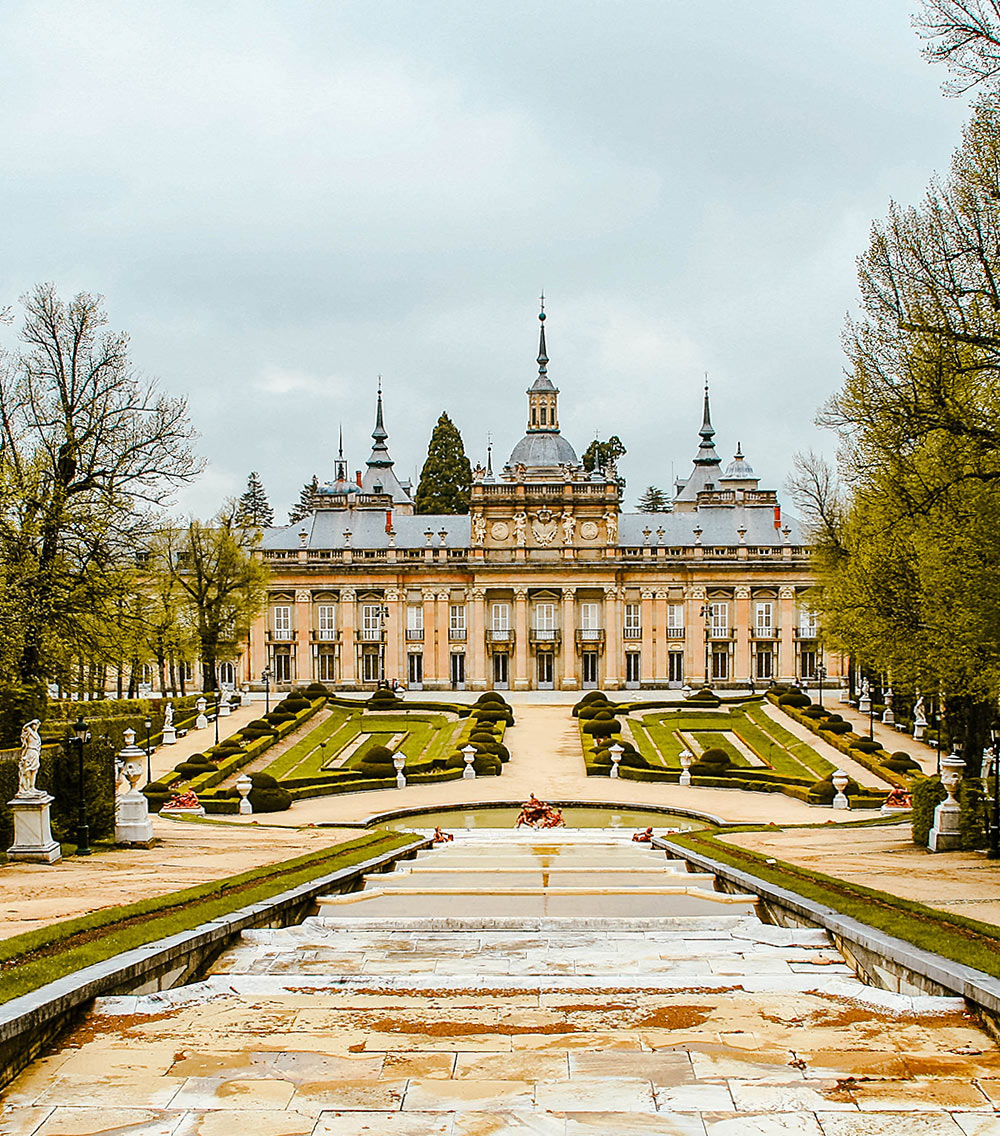
The Royal Palace of La Granja de San Ildefonso is a magnificent royal residence located on the outskirts of Segovia. Built-in the 18th century, it served as the summer residence for Spanish monarchs. With its grand architecture, stunning gardens, and rich history, it is a must-visit destination for any traveler exploring Segovia.
While you are there, you can explore the stunning interiors of the palace, including the Royal Chapel, the Throne Room, and the Porcelain Room, which features an impressive collection of porcelain from around the world. The extensive gardens surrounding the palace are a true highlight, with their beautifully manicured lawns, ornate fountains, and lush vegetation.
The best time to visit the Royal Palace of La Granja de San Ildefonso is during the summer months when the gardens are in full bloom and the fountains are turned on. It is also recommended to visit early in the morning or later in the afternoon to avoid crowds.
Basic Admission 9 €, Reduced Admission 4 €. There's also free admission

Do Calle Real is a shopper’s paradise, offering everything from unique souvenirs to high-end fashion. You can find everything from artisanal products to international brands in the shops lining the street. After shopping, take a break at one of the cozy cafes or indulge in the delicious local cuisine at one of the many restaurants on the street.
Calle Real is bustling year-round, but the best time to visit is during the summer months when the weather is warm and sunny, and the street is filled with outdoor seating for the cafes and restaurants.
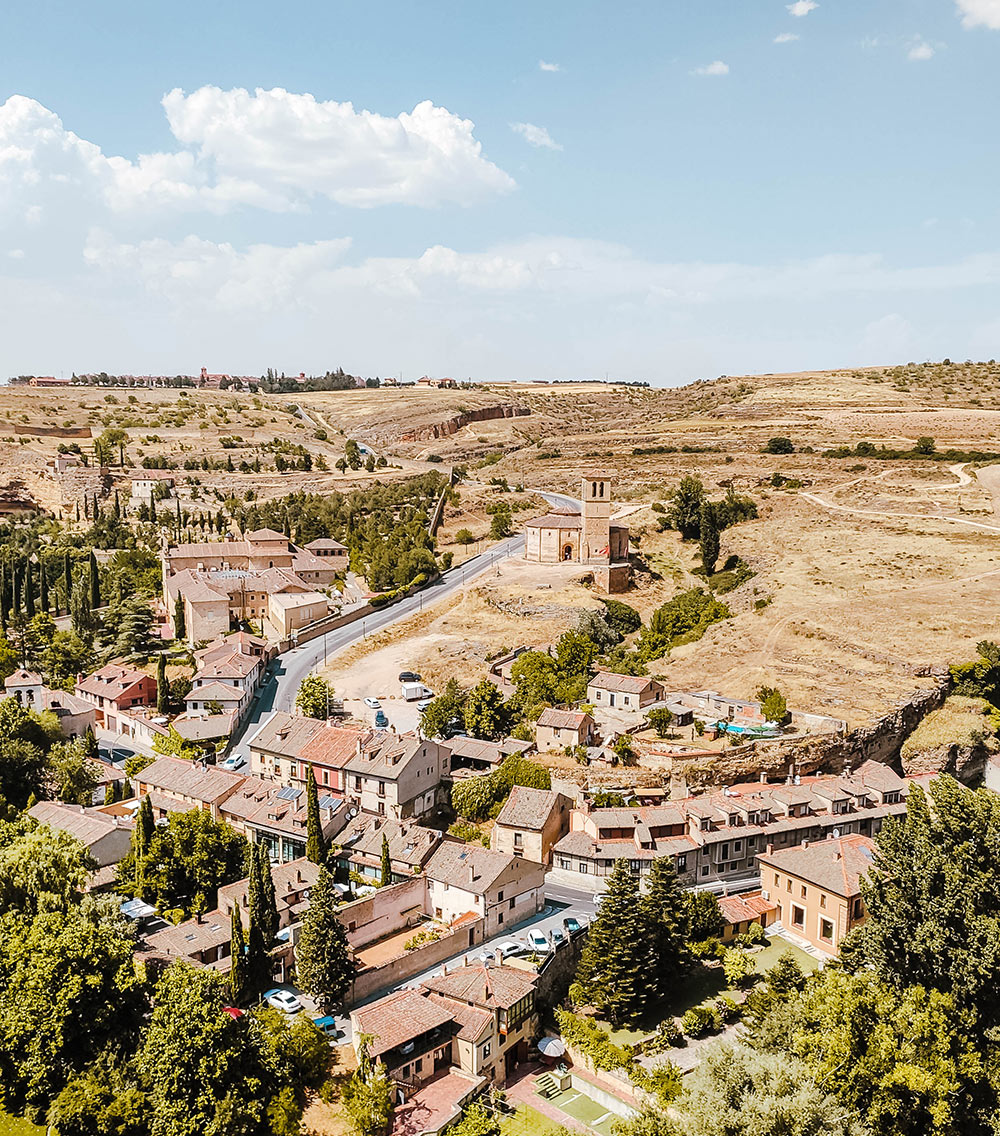
Iglesia de la Vera Cruz is a unique religious monument and it one of the most interesting Romanesque churches in Spain. It famous for its octagonal shape, which is said to be inspired by the Holy Sepulchre of Jerusalem. Inside the church, you can see the unusual 12th-century wooden ceiling and the beautiful altarpiece. There are also several interesting tombs and frescoes to explore.
The church is located on a hill and it is about a 20-minute walk from the city center, but there are also buses and taxis available. The Iglesia de la Vera Cruz is open to visitors from Tuesday to Sunday. It is closed on Mondays.
Admission to the church is free, and visitors can enjoy the building’s unique architecture and peaceful surroundings.
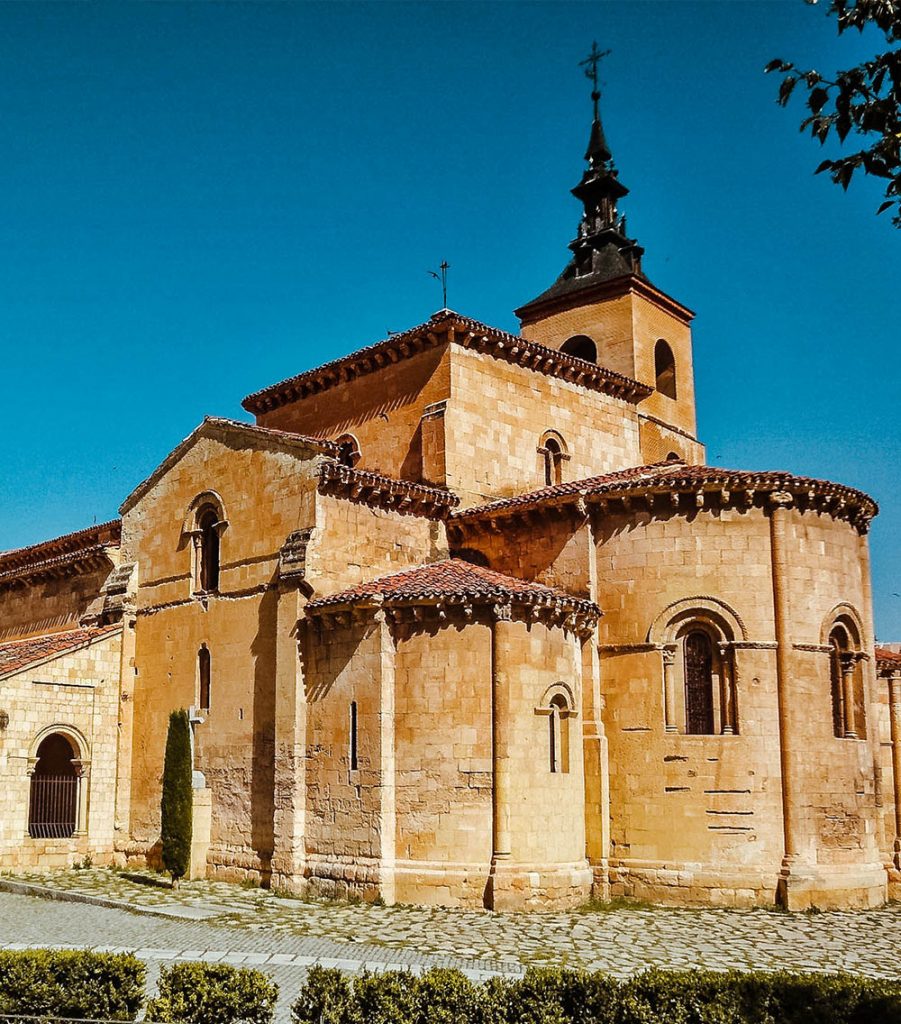
Iglesia de San Millán is a Romanesque church that dates back to the 12th century. It was built on the site of an old Visigothic temple, and it is named after the martyr Saint Millán. The church has a simple exterior, but its interior is decorated with beautiful frescoes and artwork.
The church also has a beautiful cloister and a peaceful garden that visitors can explore. The best time to visit is during the morning or afternoon hours when the church is open to visitors. Iglesia de San Millán is a small church, so it won’t take much time to explore.
Admission to Iglesia de San Millán is free. However, donations are welcome to help with the maintenance and preservation of the church.
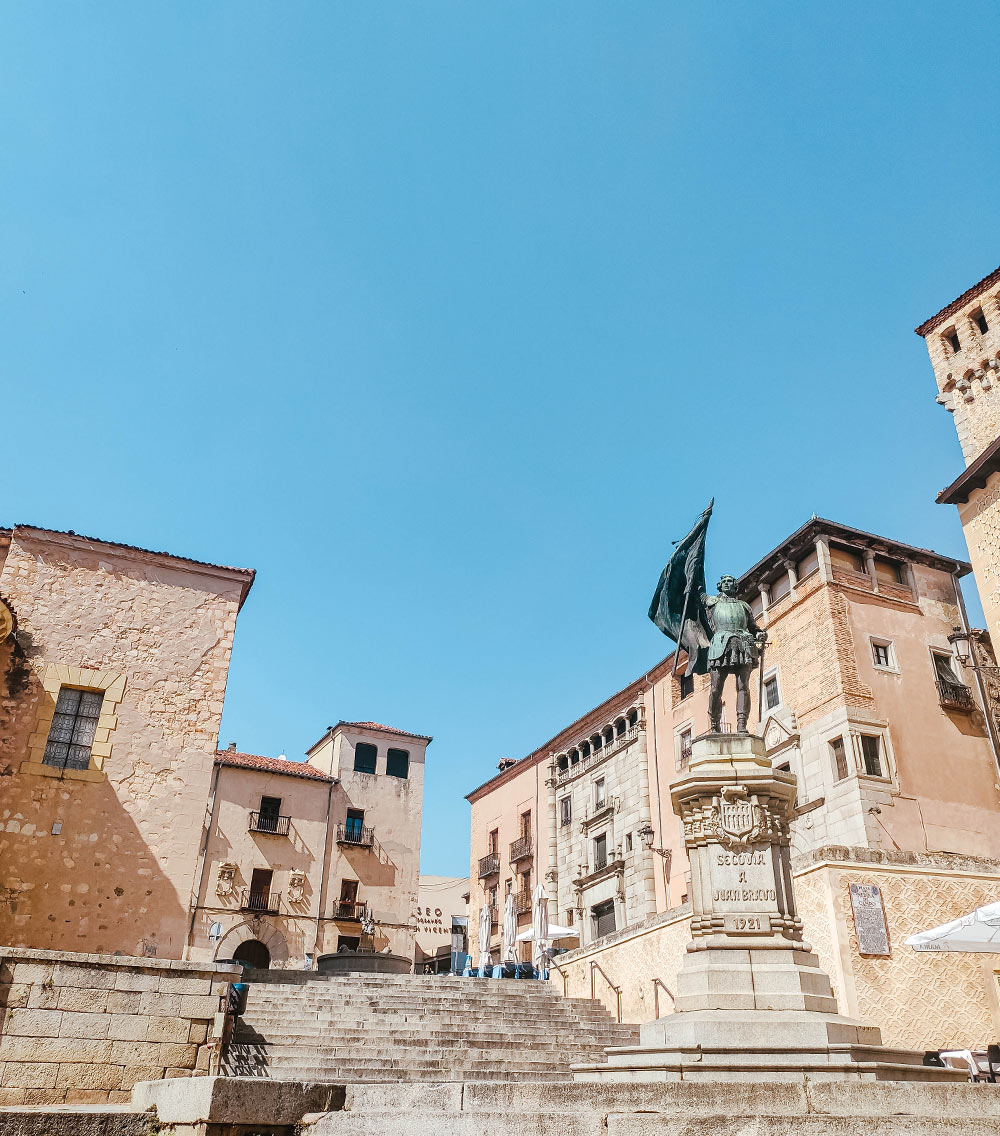
Plaza Medina del Campo is a historic square located in the heart of Segovia, Spain. The square dates back to the 15th century and is known for its charming atmosphere and traditional architecture.
One of the most notable buildings on the square is the Casa de los Picos, a striking Gothic palace with a facade covered in pyramid-shaped granite blocks. Other notable buildings include the Torreón de Lozoya, a medieval tower, and the Palacio de los Condes de Alpuente, a Renaissance palace.
In addition, Plaza Medina del Campo is also a popular spot for shopping and dining. The square is lined with restaurants, cafes, and shops selling local crafts and souvenirs. It is also a popular spot for street performers and musicians, adding to the lively atmosphere.
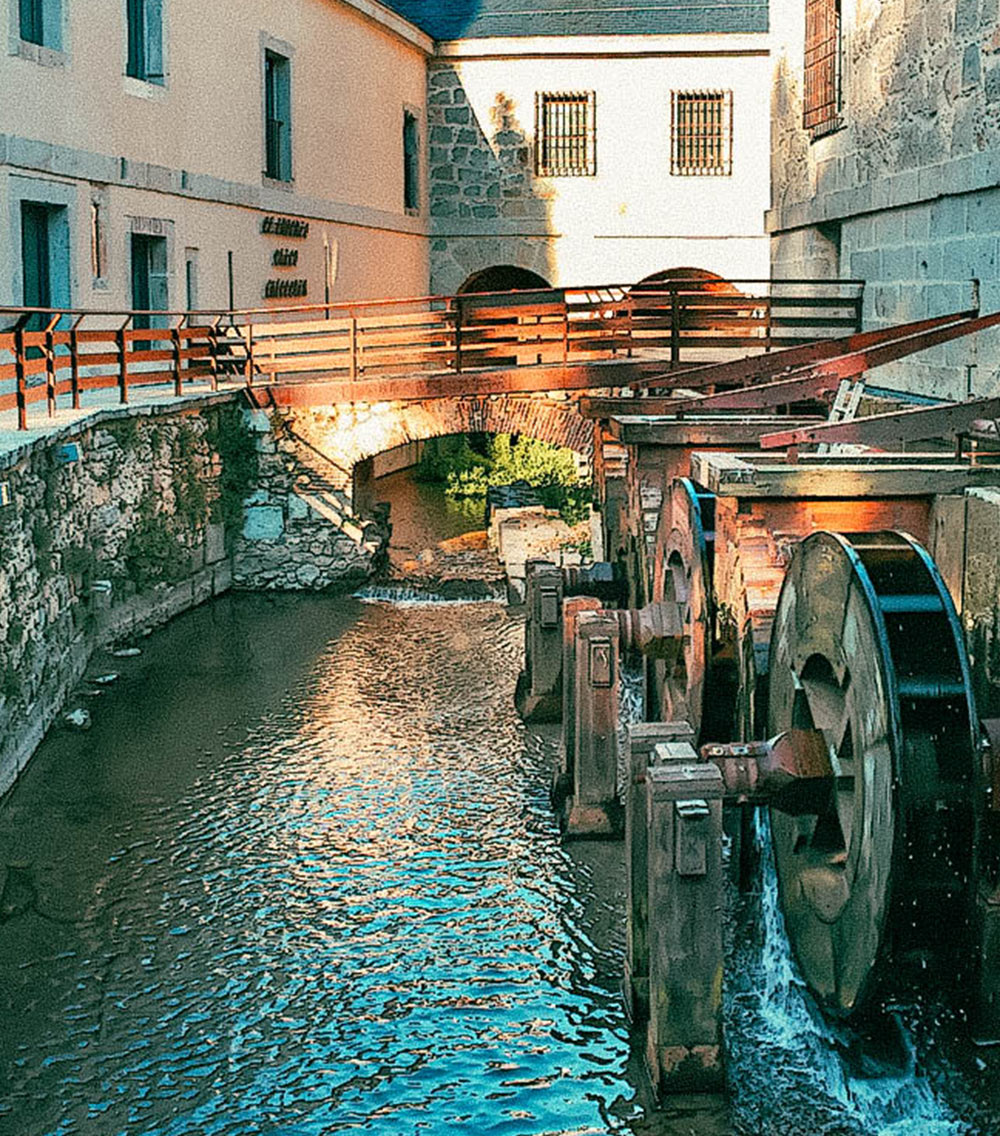
The Real Casa de la Moneda, also known as the Royal Mint, is a fascinating historical landmark where once coins were minted and money was printed in the country. Today, it serves as a museum that displays the history and evolution of money in Spain.
One of the highlights of the museum is the chance to see the historic coin presses in action. You can also see a collection of ancient and rare coins from all over the world, as well as exhibits on the art of engraving and papermaking.
The museum is open year-round, with the exception of Mondays, and it’s always best to check the opening hours in advance.
The admission fee for the museum is €3 for adults and €1.50 for children and students. There are also group discounts available for groups of 15 or more people.

The Jewish Quarter is one of the most interesting and historically significant areas of Segovia. The Jewish Quarter dates back to the 13th century when the Jewish community in Segovia was thriving. Today, you can explore the Jewish Quarter and see some of the few remaining examples of Jewish architecture. The most notable buildings are the Synagogue of El Transito and the Casa de Abraham Seneor, which now houses the Museum of Segovia’s Jewish Culture.
The Jewish Quarter is a great place to explore on foot, and there are a number of walking routes to choose from. You can start at the Plaza Mayor and walk down Calle Judería, which was once the main street of the Jewish Quarter. This street is lined with restored houses and features a number of plaques and information panels describing the history of the area. Other notable streets in the Jewish Quarter include Calle Cervantes, which is home to the Casa de Abraham Seneor, and Calle de la Judería Vieja, which has several interesting buildings and leads to the Synagogue of El Transito.
The Synagogue of El Transito is open from Tuesday to Saturday, from 9:30 am to 5:30 pm, and on Sundays and public holidays from 10 am to 2 pm. The Museum of Segovia’s Jewish Culture is open from Tuesday to Sunday, from 10 am to 6 pm.
The Antonio Machado House-Museum is a tribute to the great Spanish poet Antonio Machado, who lived in Segovia during the Spanish Civil War. This museum is located in the heart of the city’s historic district and showcases the life and work of Machado through its exhibits and collections.
Admission tickets for the Antonio Machado House Museum are available at the museum’s entrance. The ticket price varies depending on age and group size. Discounts are available for seniors, students, and groups. Children under the age of 12 have free admission.
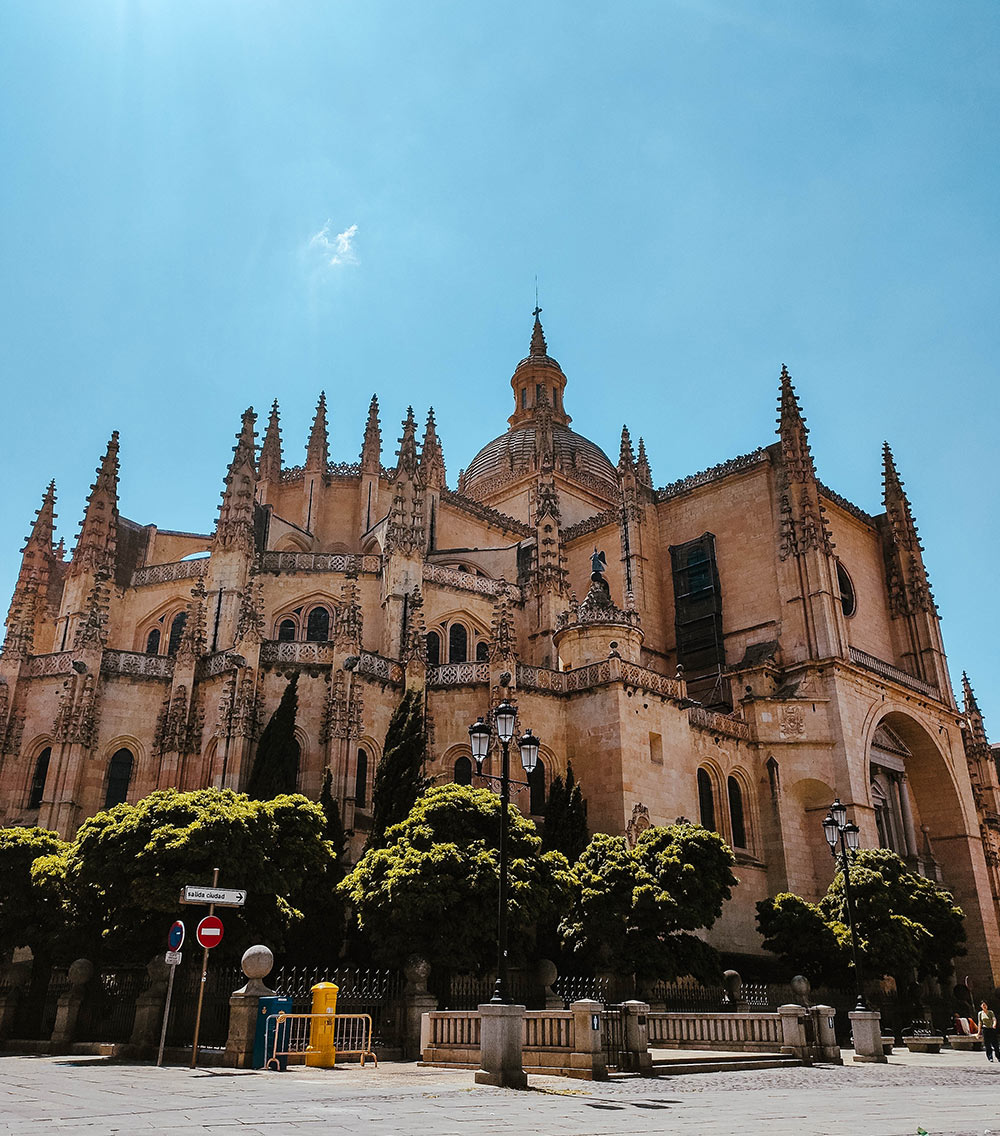
Plaza Mayor is the central square of Segovia and it is considered to be one of the most picturesque and lively plazas in the city. It is an excellent place to relax and soak up the atmosphere of Segovia. While you are there, enjoy the surrounding buildings, including the Ayuntamiento (city hall), and visit the many shops, cafes, and restaurants that line the plaza, offering everything from traditional Spanish cuisine to trendy boutiques.
Segovia, like many regions in Spain, is known for its delicious cuisine, rich in traditional recipes and fresh, locally sourced ingredients. The city’s location in the heart of Castile and León region, known for its hearty and flavorful dishes, adds to the culinary experience.
One of the most famous dishes in Segovia is Cochinillo asado, which is a roasted suckling pig. This dish is so popular that it has become a symbol of Segovia’s cuisine. The Cochinillo is slow-roasted in an oven until the skin is crispy and the meat is tender and juicy. It is usually served with potatoes and a salad.
Other traditional dishes in Segovia include Judiones de La Granja, a white bean stew made with chorizo, morcilla (a type of blood sausage), and ham, and Ponche Segoviano, a rich sponge cake soaked in syrup and filled with custard.
When it comes to Cochinillo, there are several restaurants in Segovia that are known for serving the best Cochinillo. Some of the most popular options include Mesón de Cándido, Restaurante José María, and Asador Maribel. It’s recommended to make a reservation in advance, especially during peak tourist season.
If you’re planning a visit to Segovia and wondering where to stay, here are some options to consider:
Old Town: Staying in the historic Old Town of Segovia is a great way to immerse yourself in the city’s rich history and culture. You’ll be close to all the major attractions, including the aqueduct, cathedral, and castle. There are many small hotels and guesthouses in the area, as well as some larger chain hotels.
La Granja: La Granja is a small town located just a few kilometers from Segovia, and it’s a great option for those who want to be close to the city but prefer a quieter atmosphere. There are several hotels and guesthouses in the area.
Segovia experiences a continental Mediterranean climate, which means it has hot summers and cold winters with moderate rainfall throughout the year. Here’s a breakdown of the average temperatures in Segovia:
The best time to visit Segovia in terms of weather is during the spring (March-May) or autumn (September – November), when temperatures are mild and pleasant for sightseeing. If you’re looking to escape the summer heat, then plan your visit for June or early September when temperatures are not too high yet.
Segovia is a lively city with plenty of cultural events and festivals throughout the year. Here are some of the most popular ones:
In conclusion, the best time to visit Segovia in terms of weather is during the spring or autumn. However, if you’re interested in experiencing one of the city’s cultural events or festivals, then plan your visit accordingly. Whenever you decide to go, Segovia is a beautiful and historic city that’s definitely worth a visit!




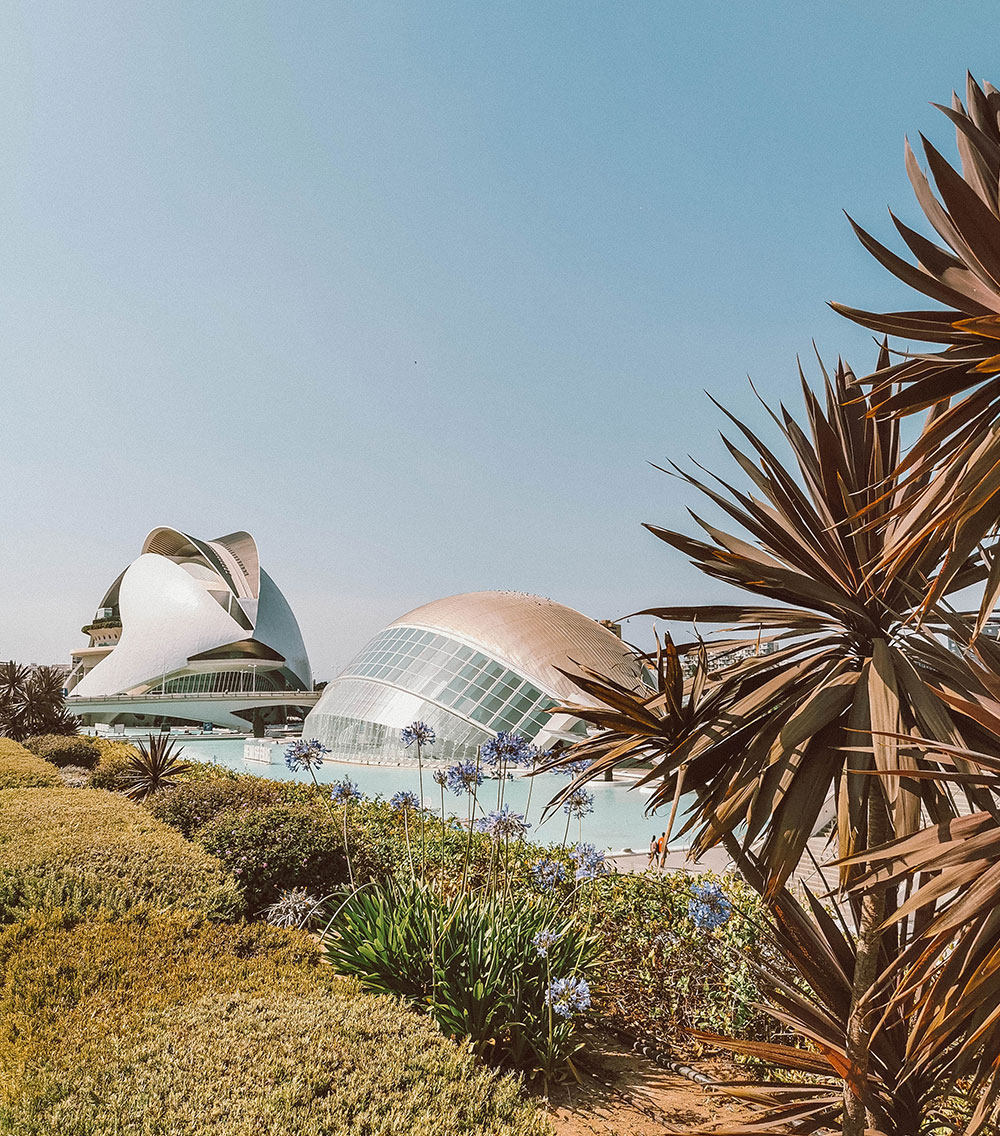
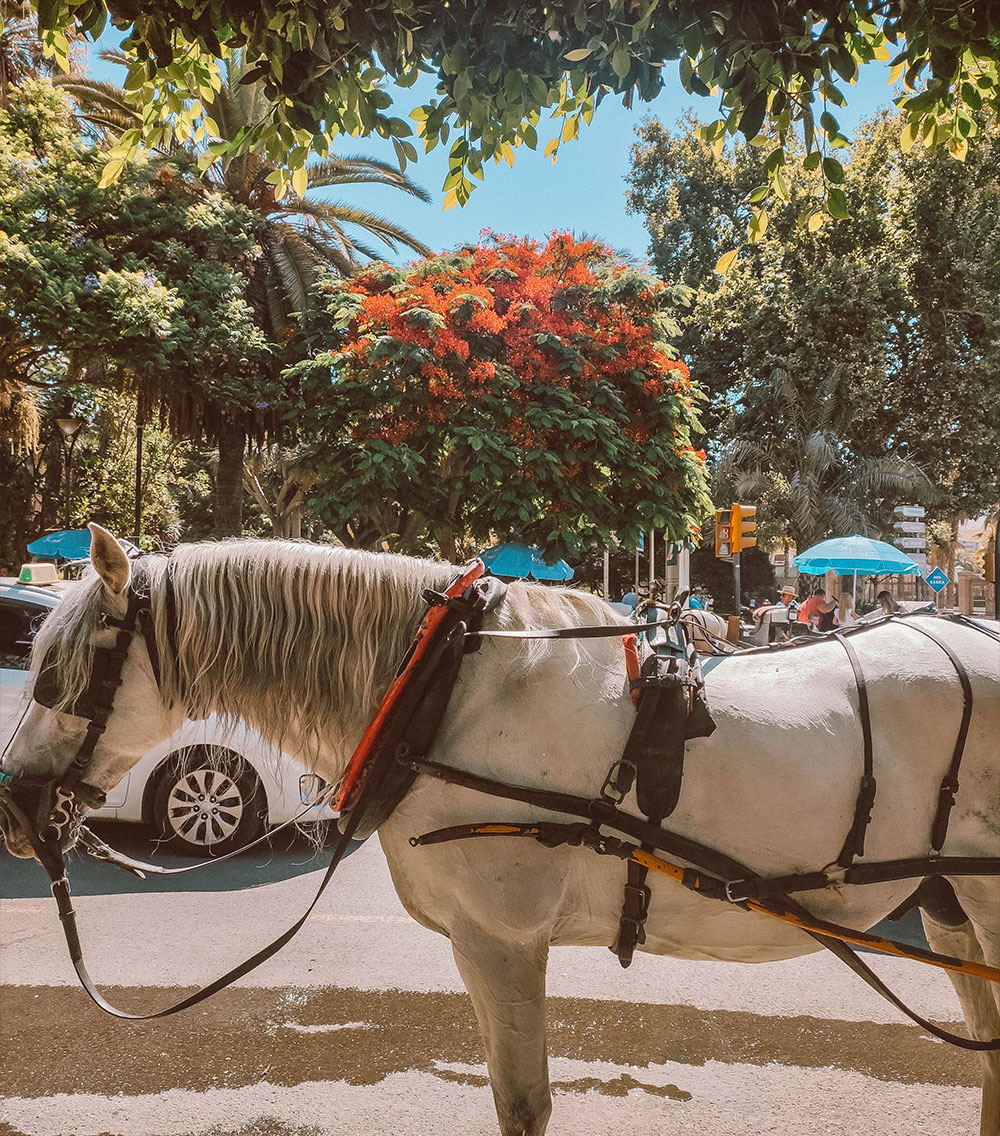
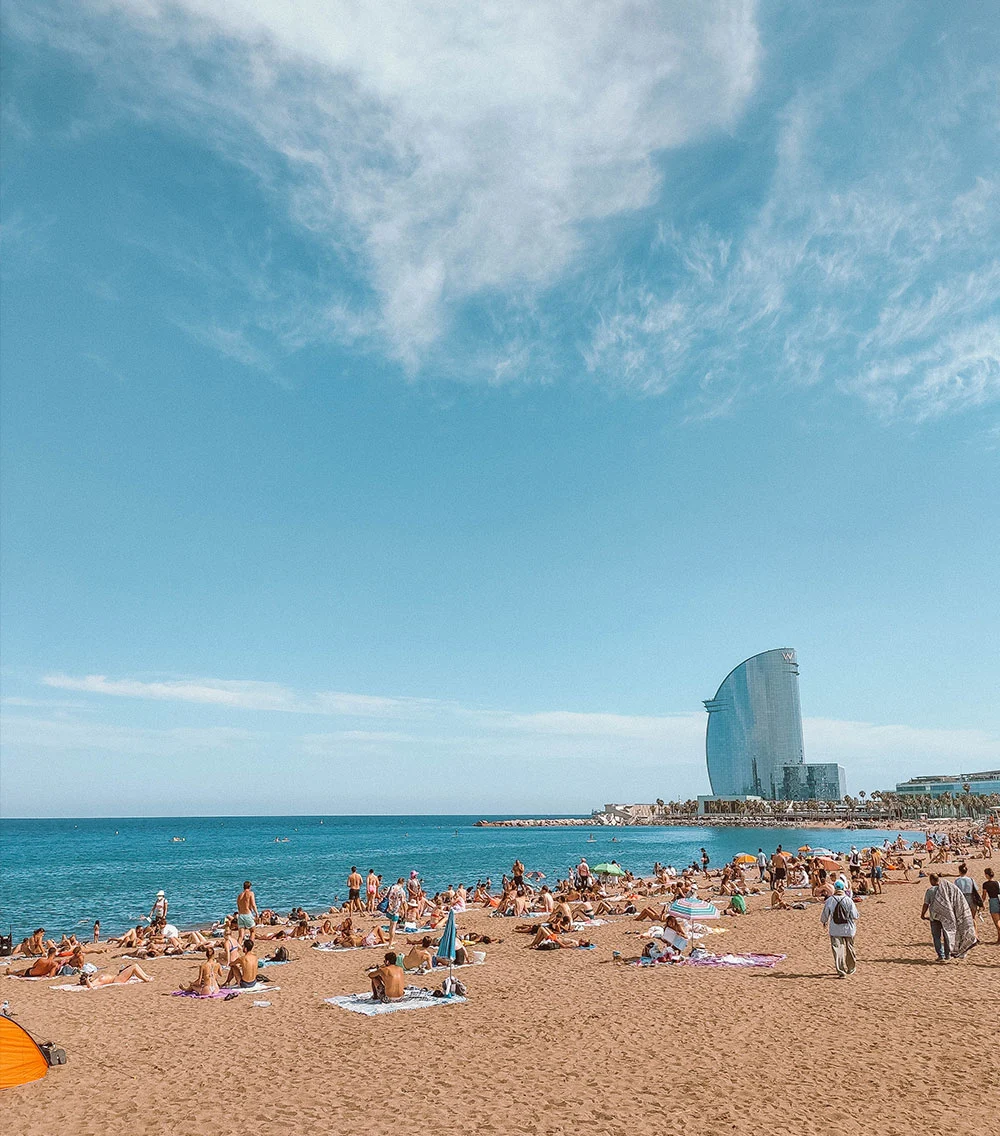
No Comments